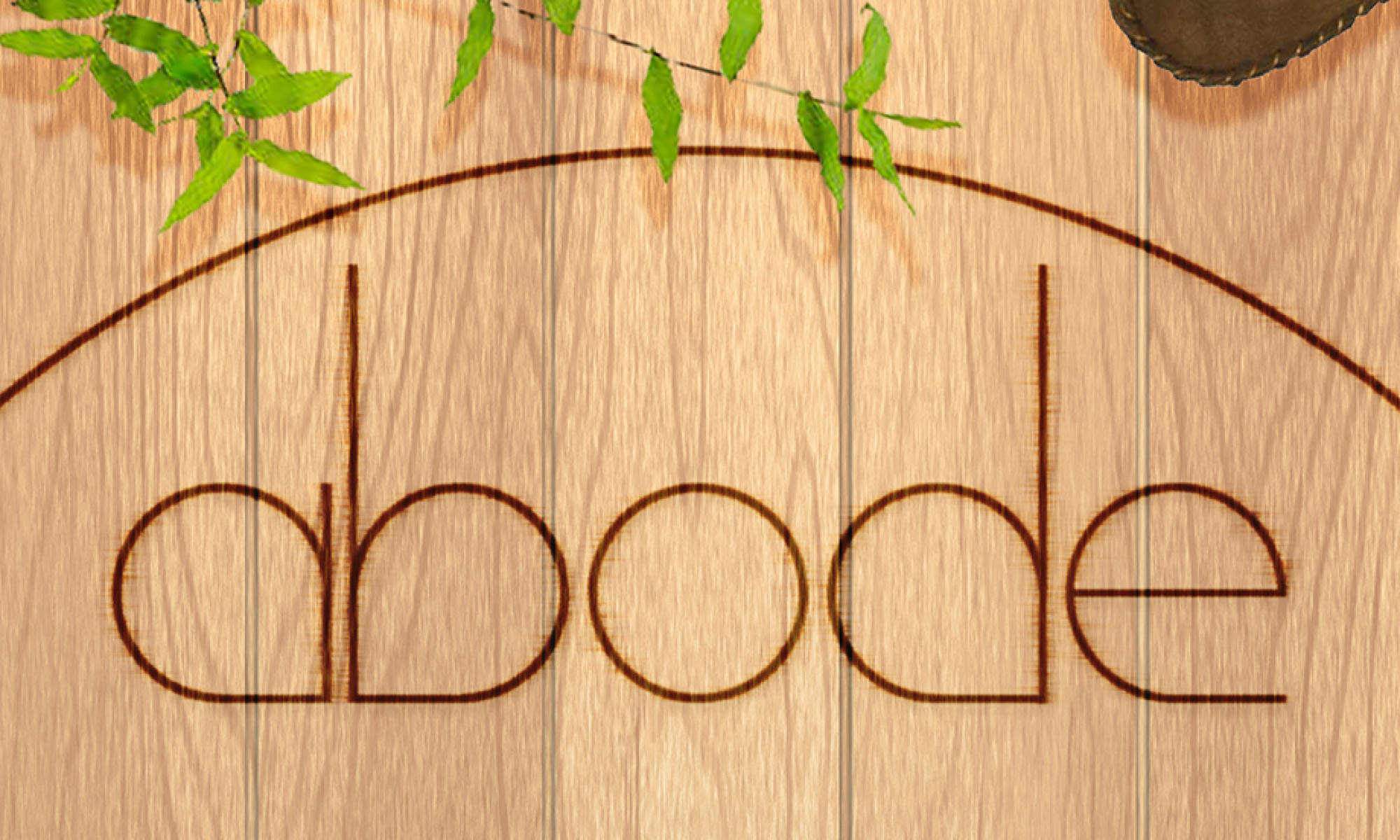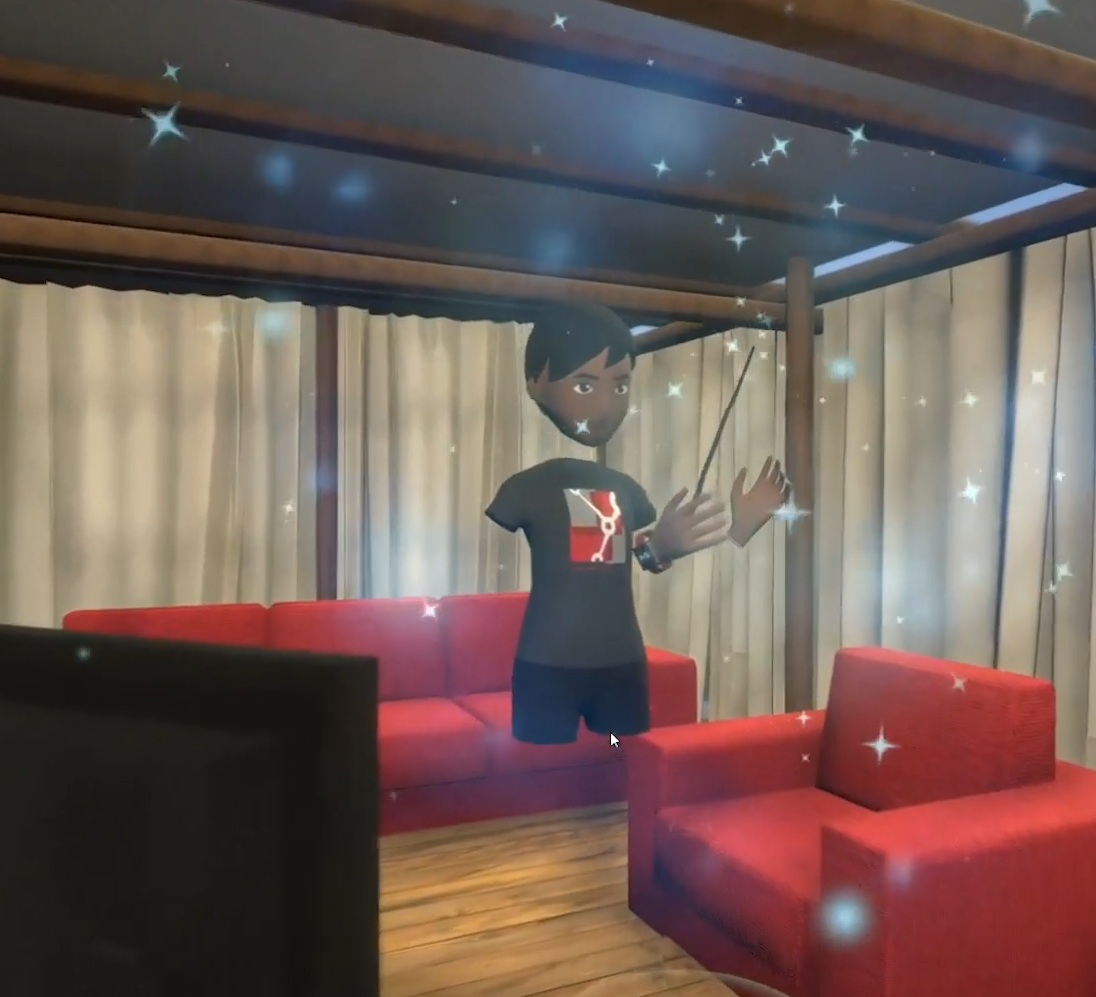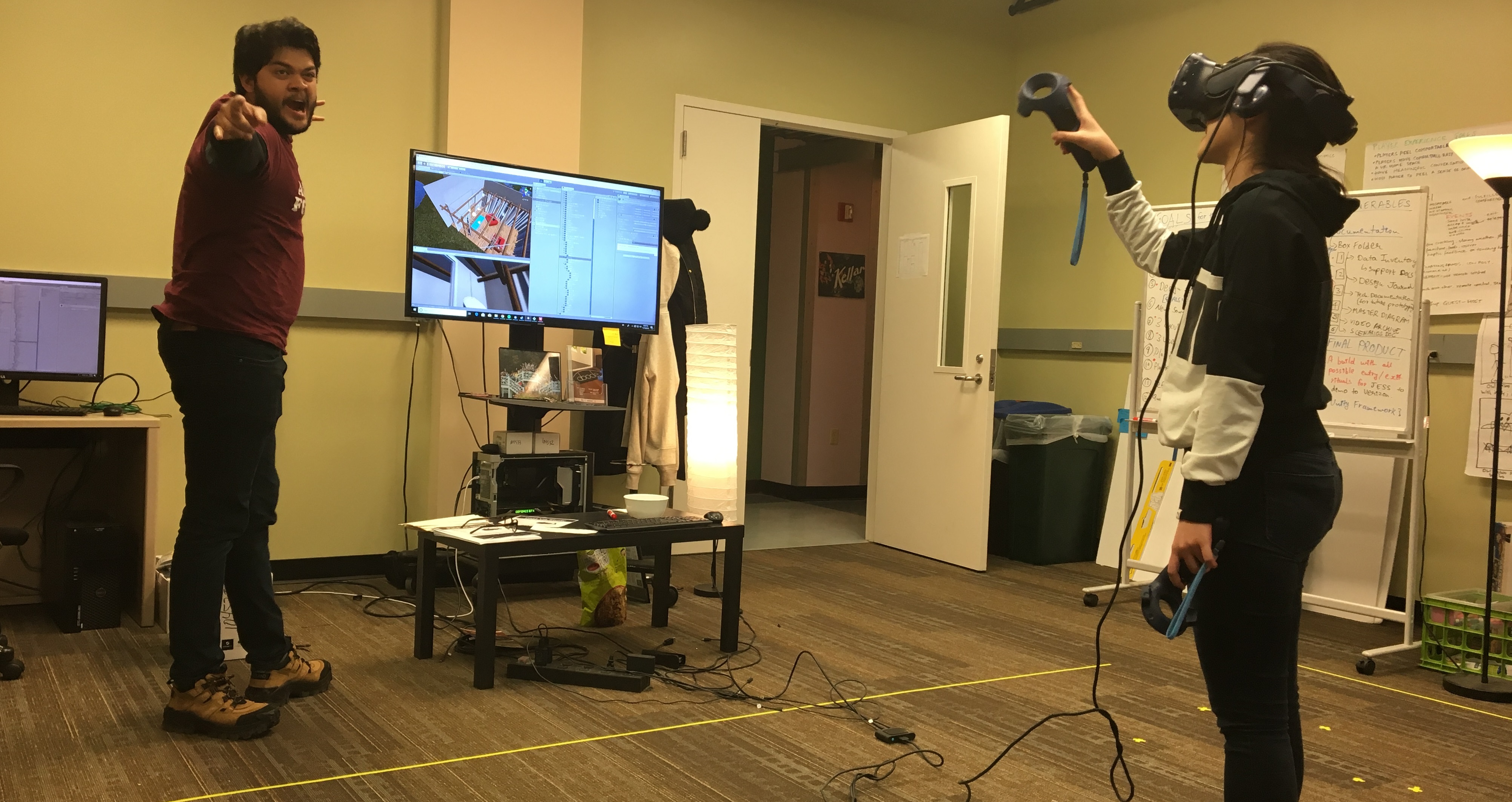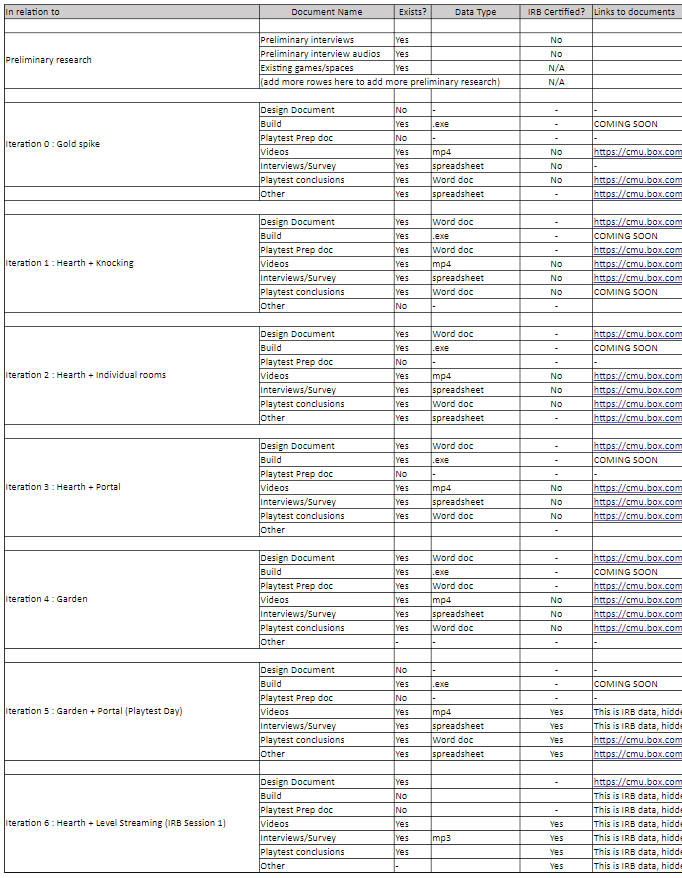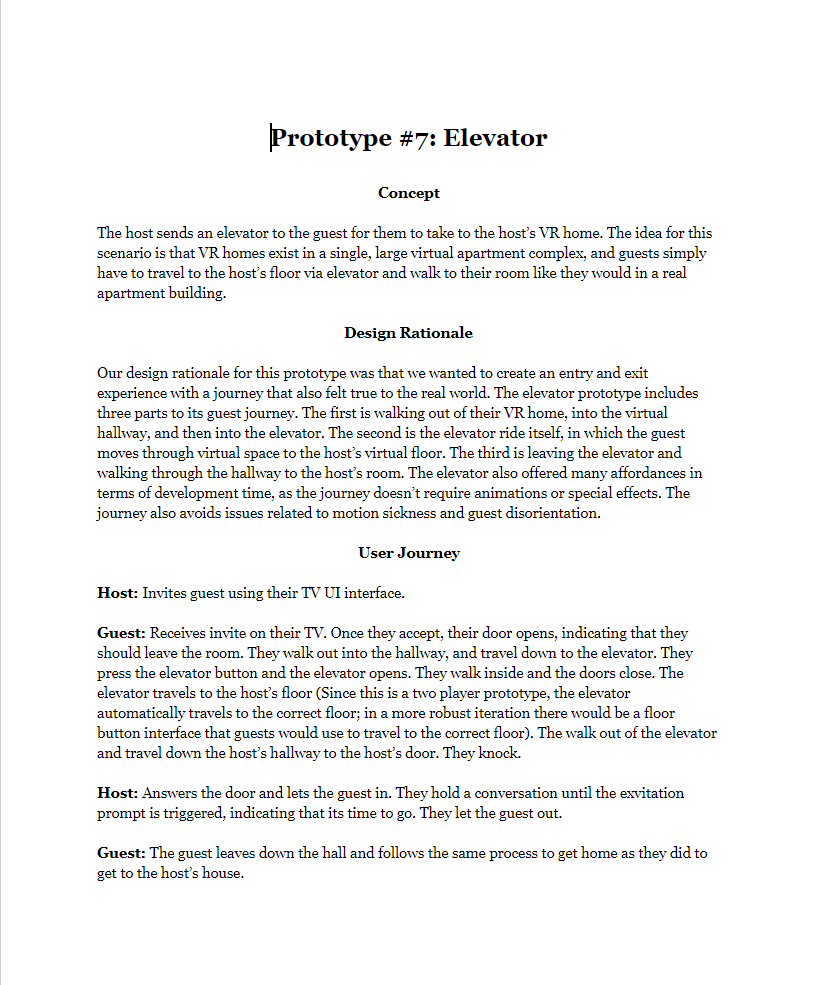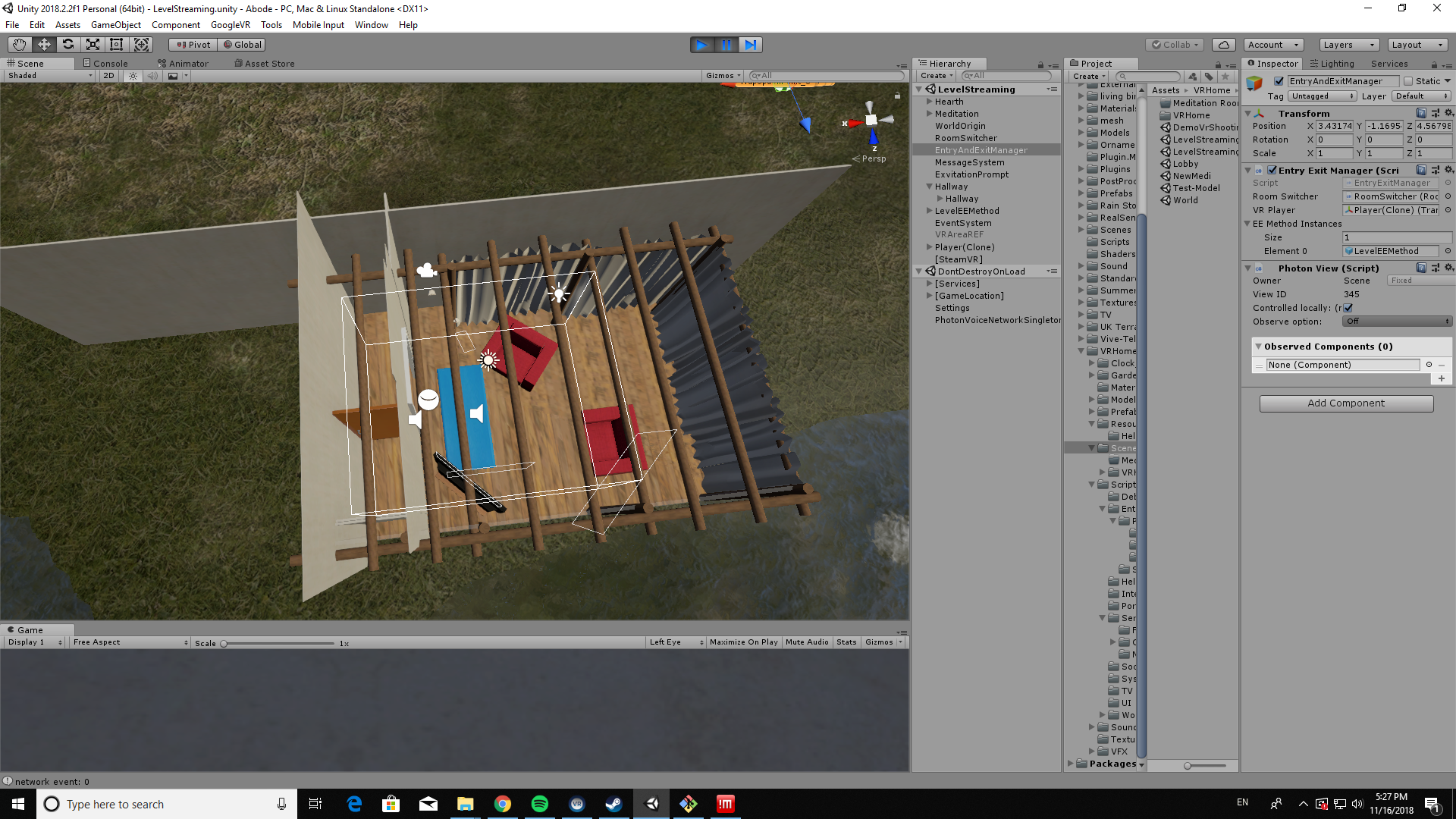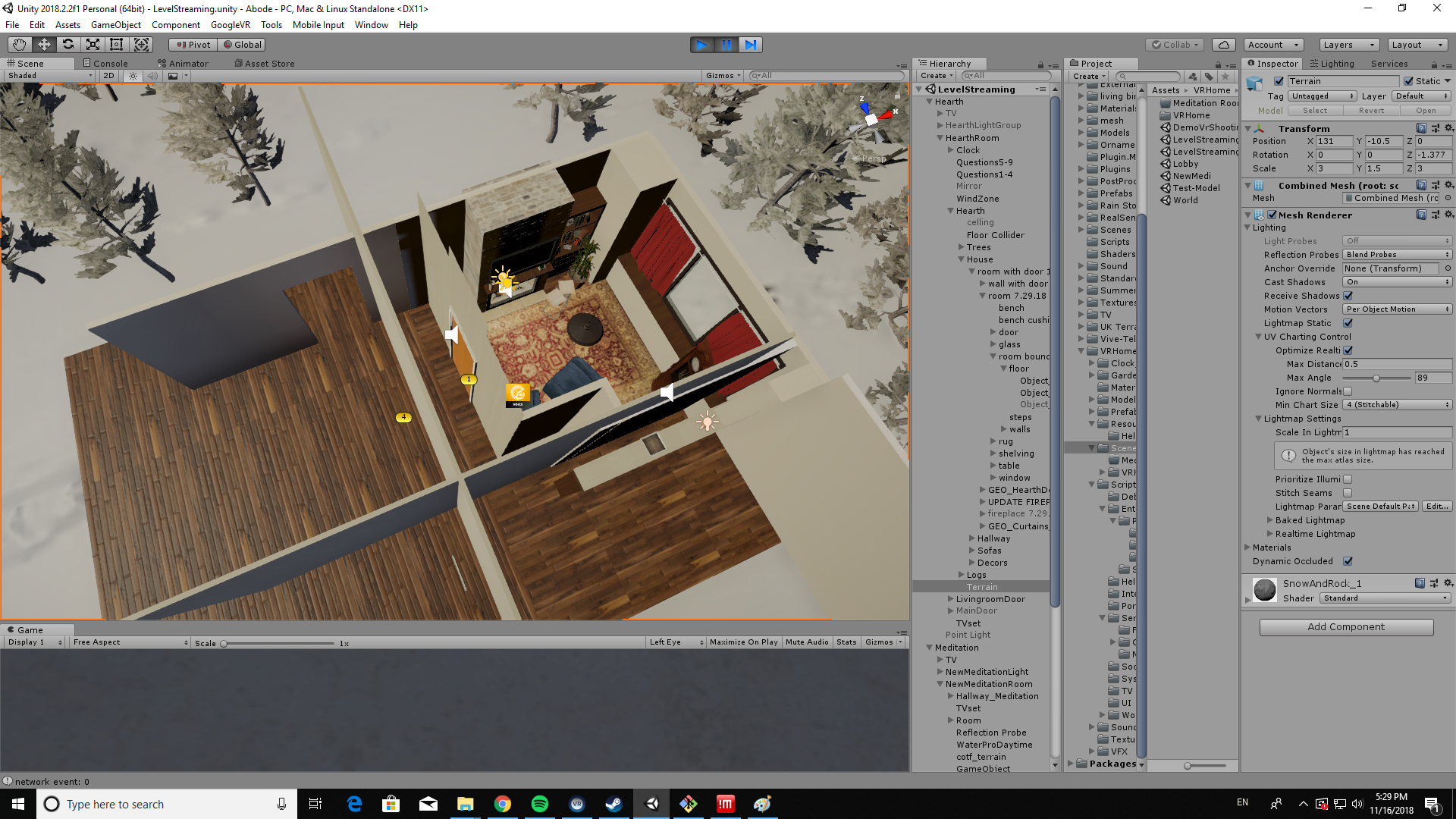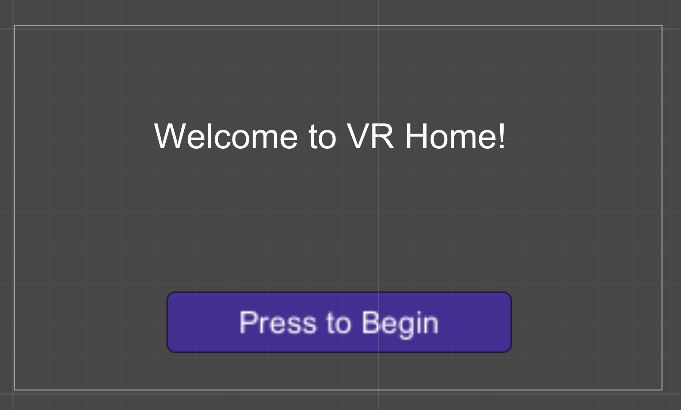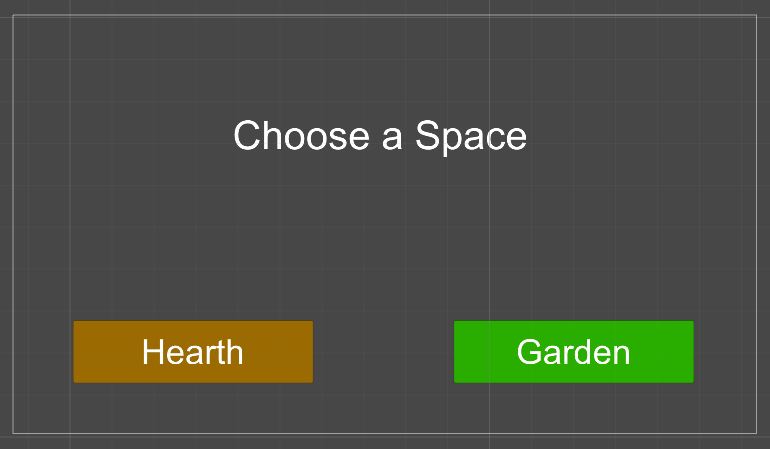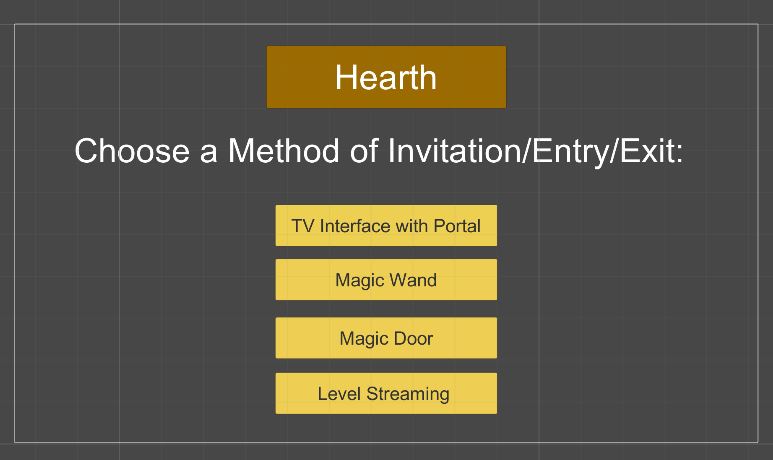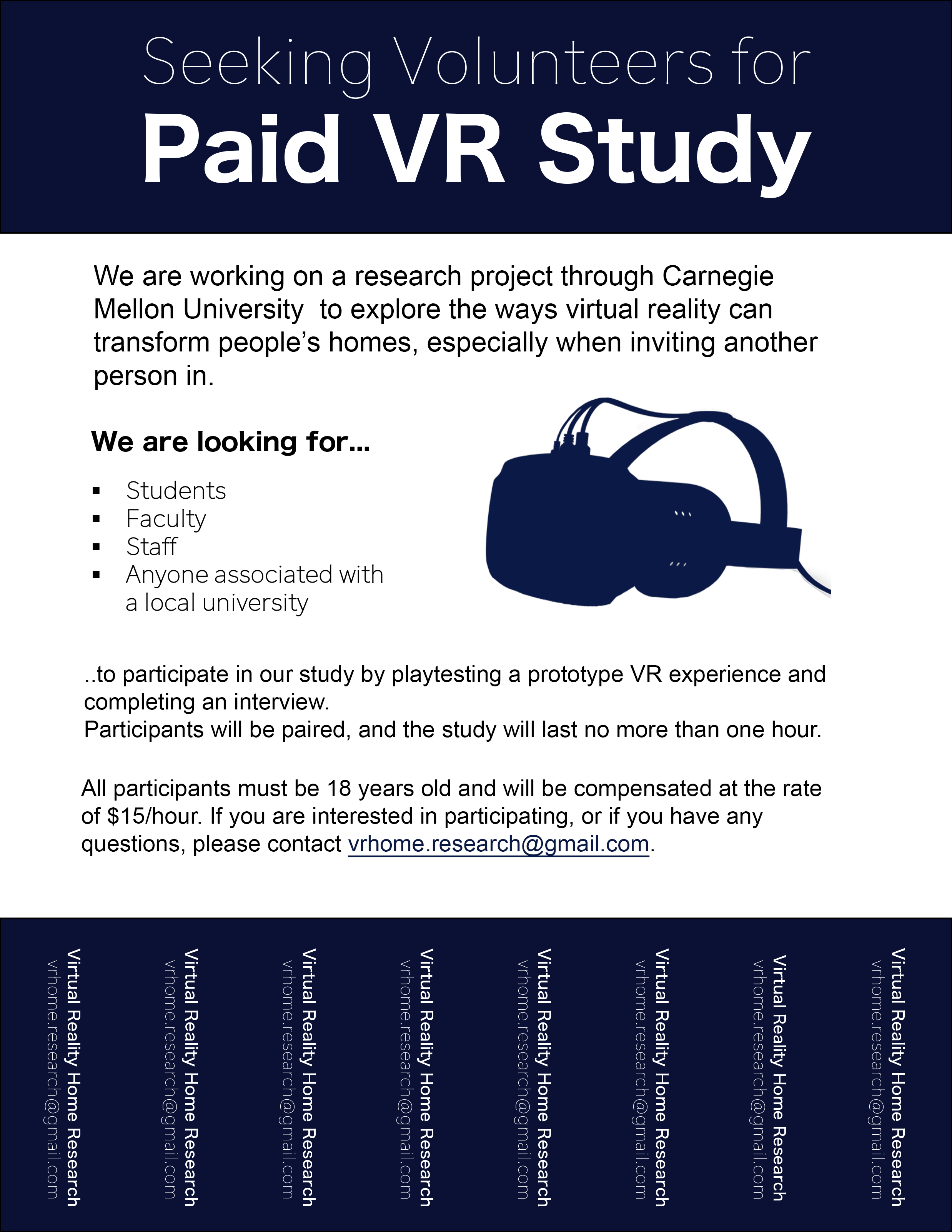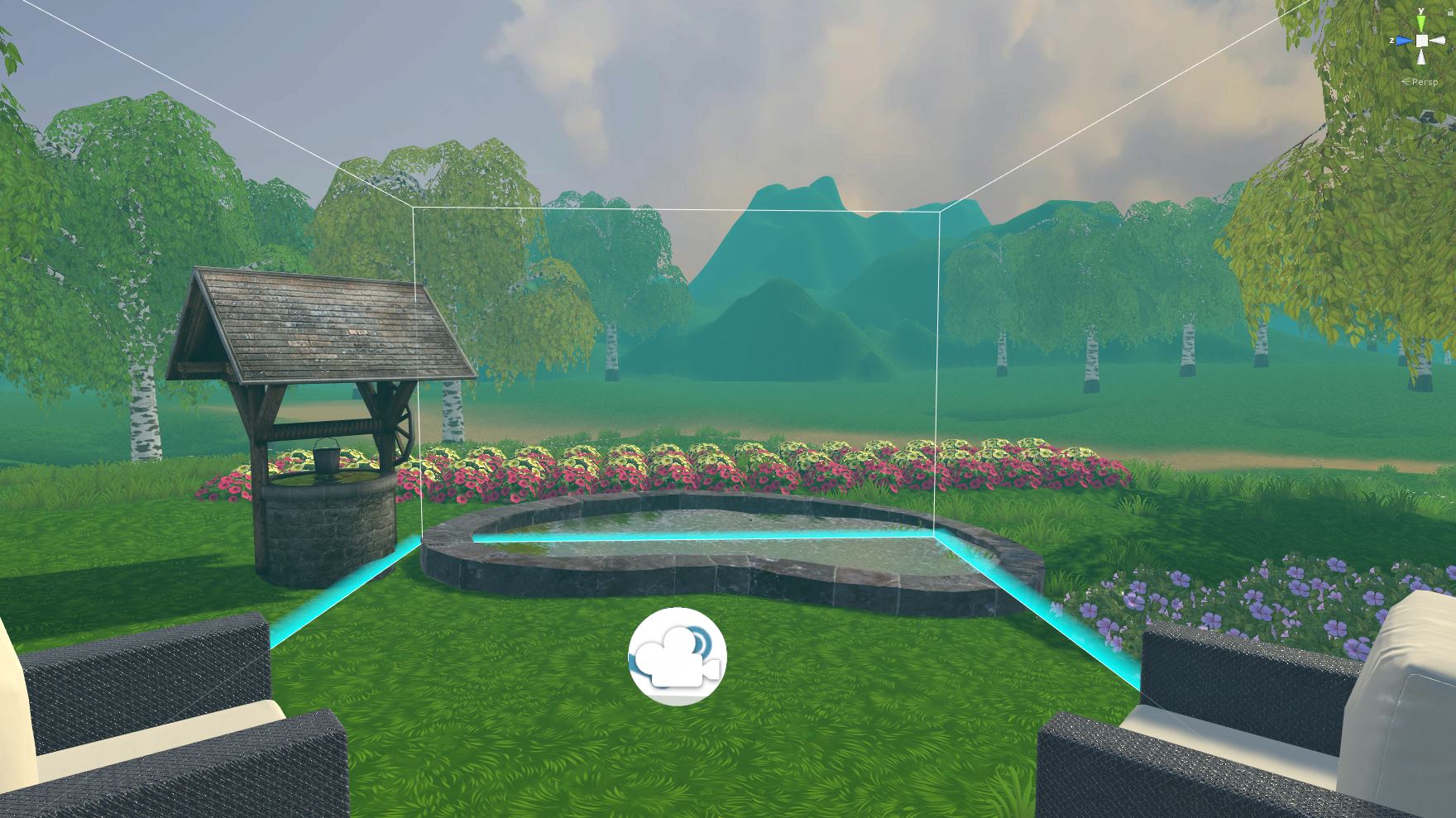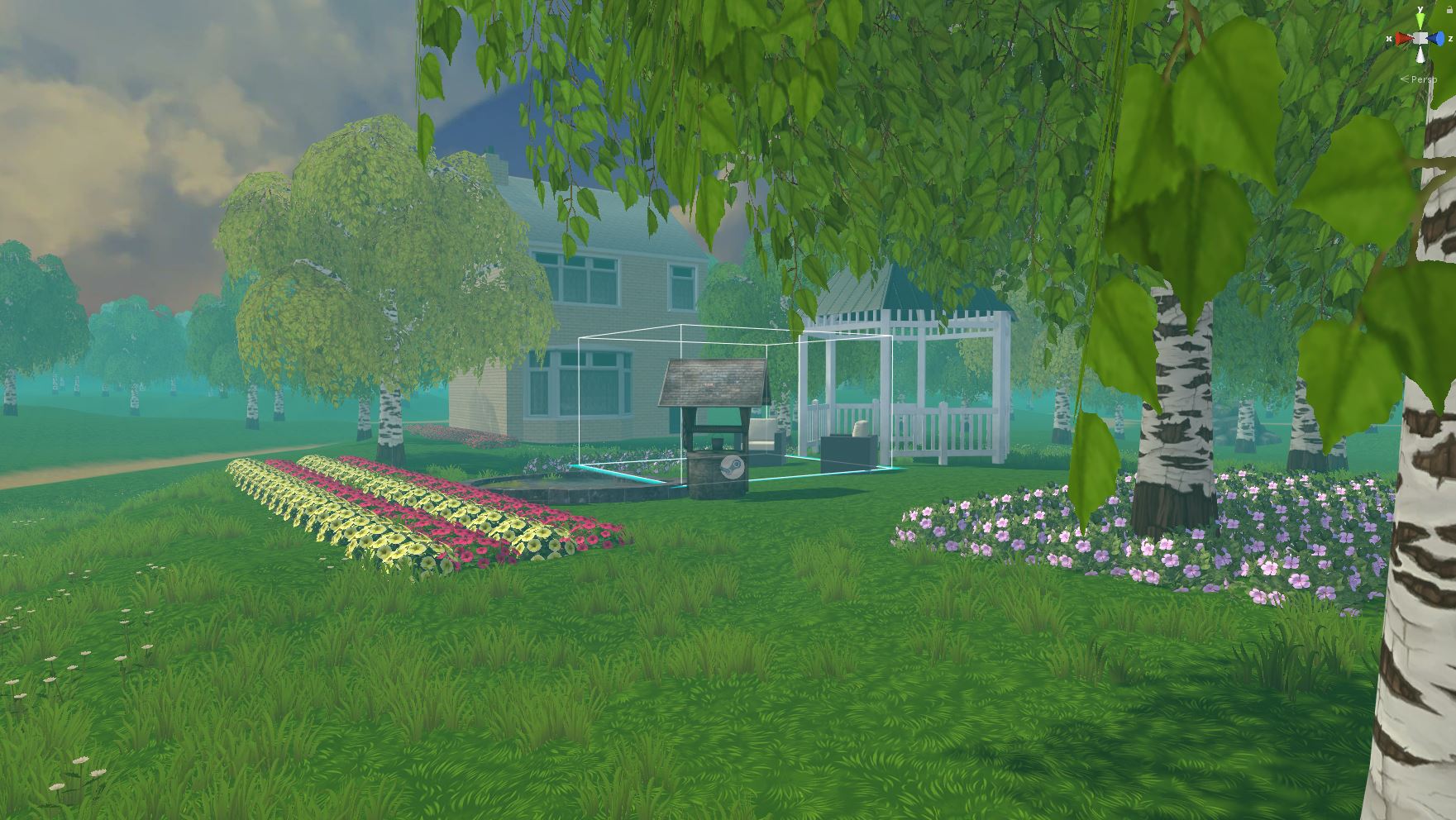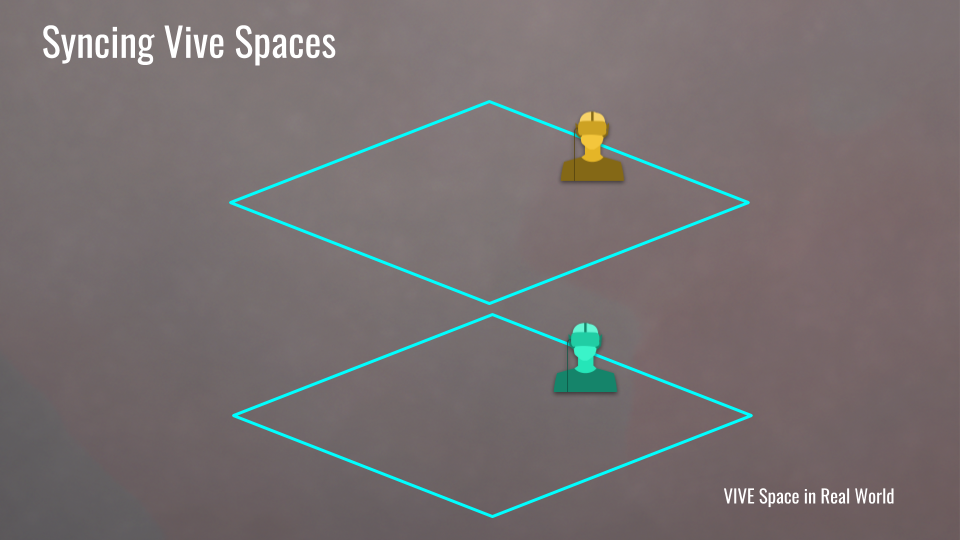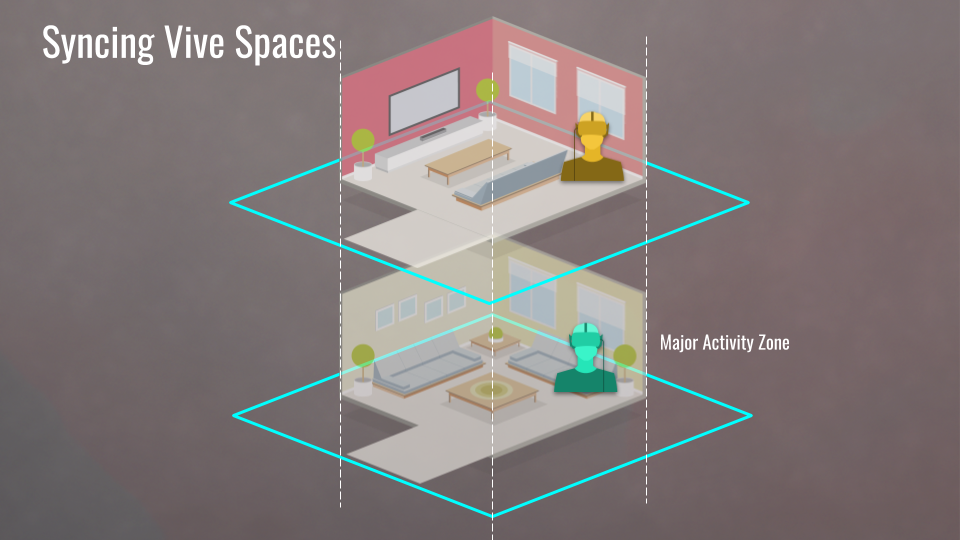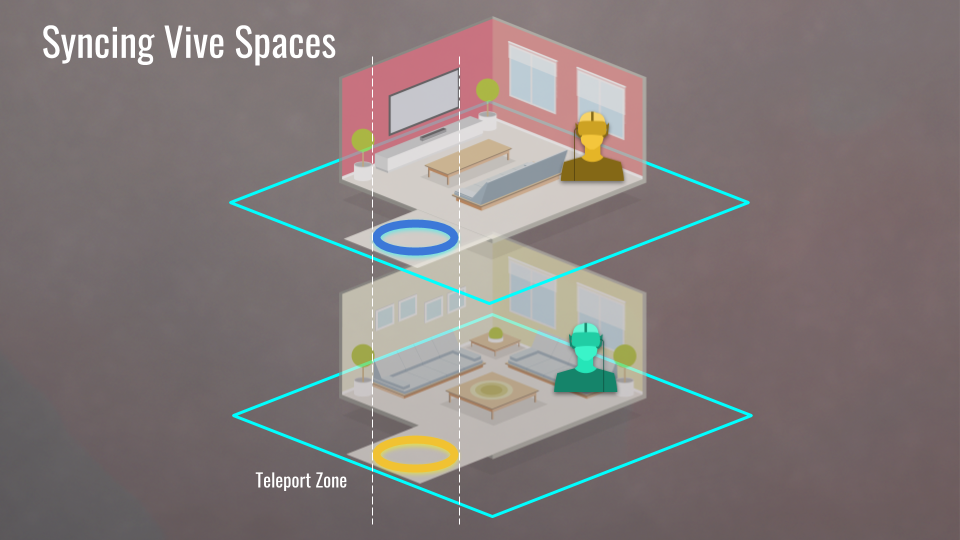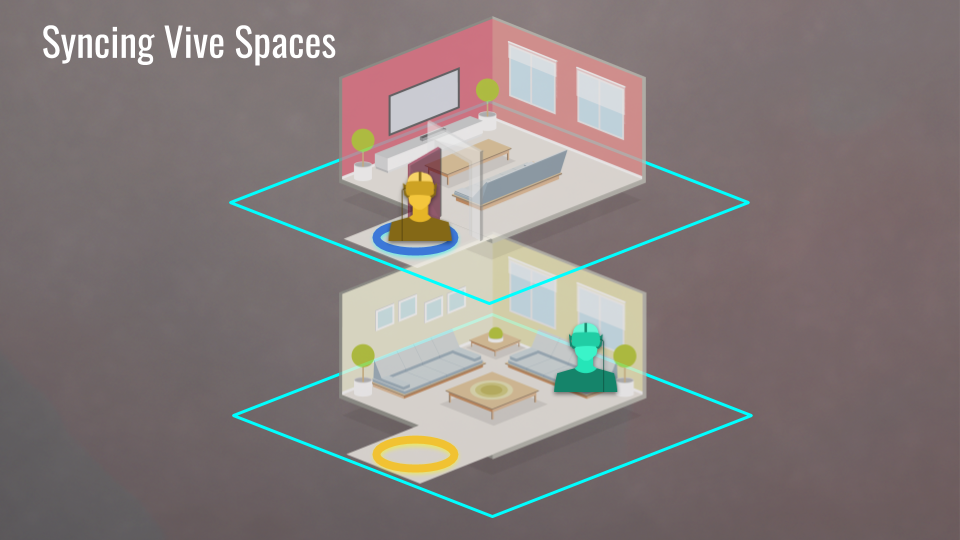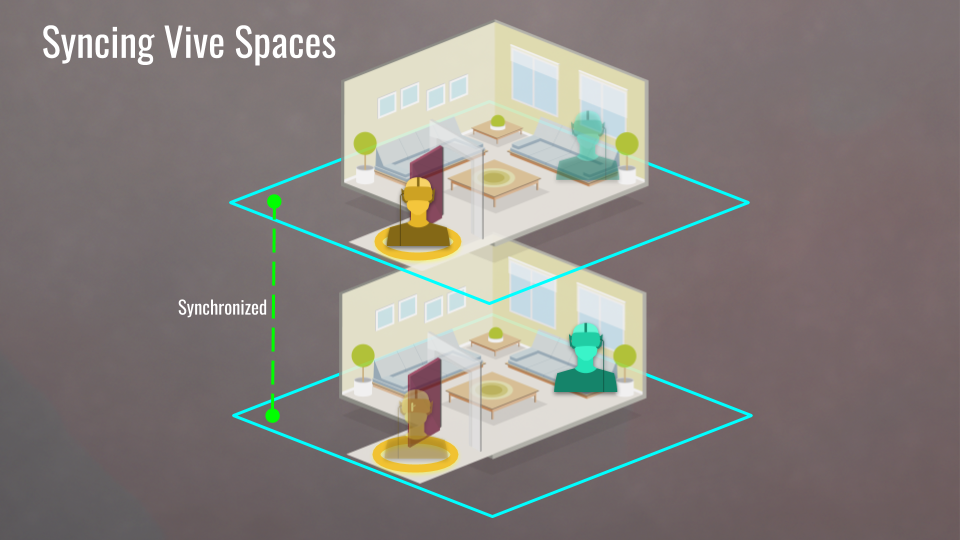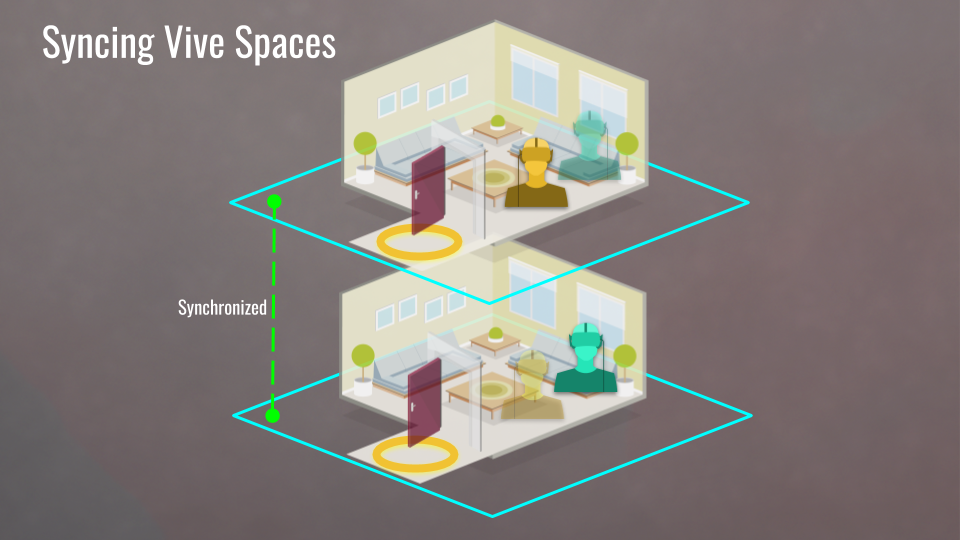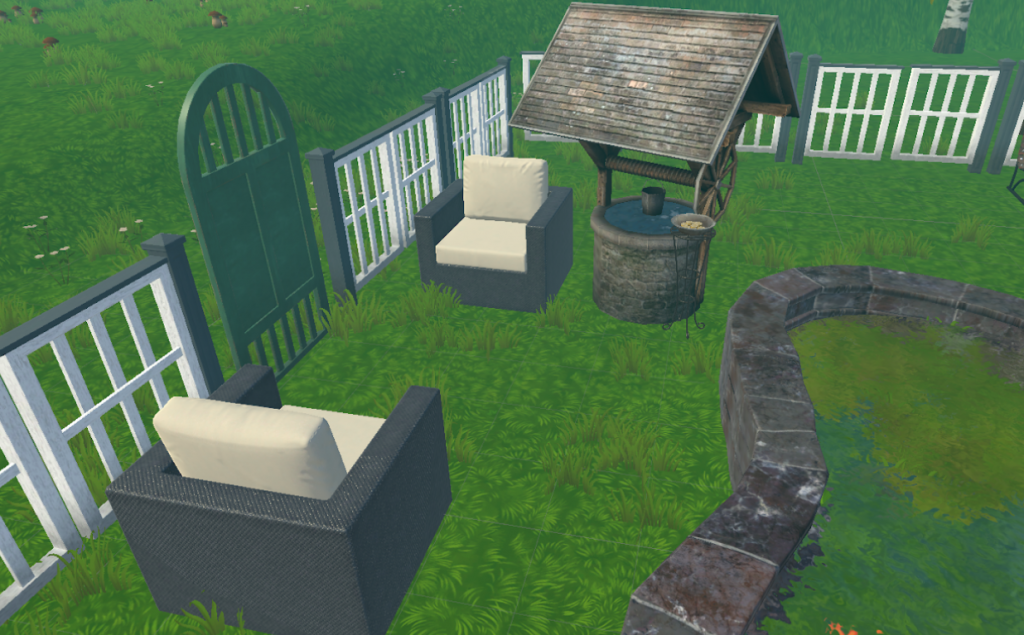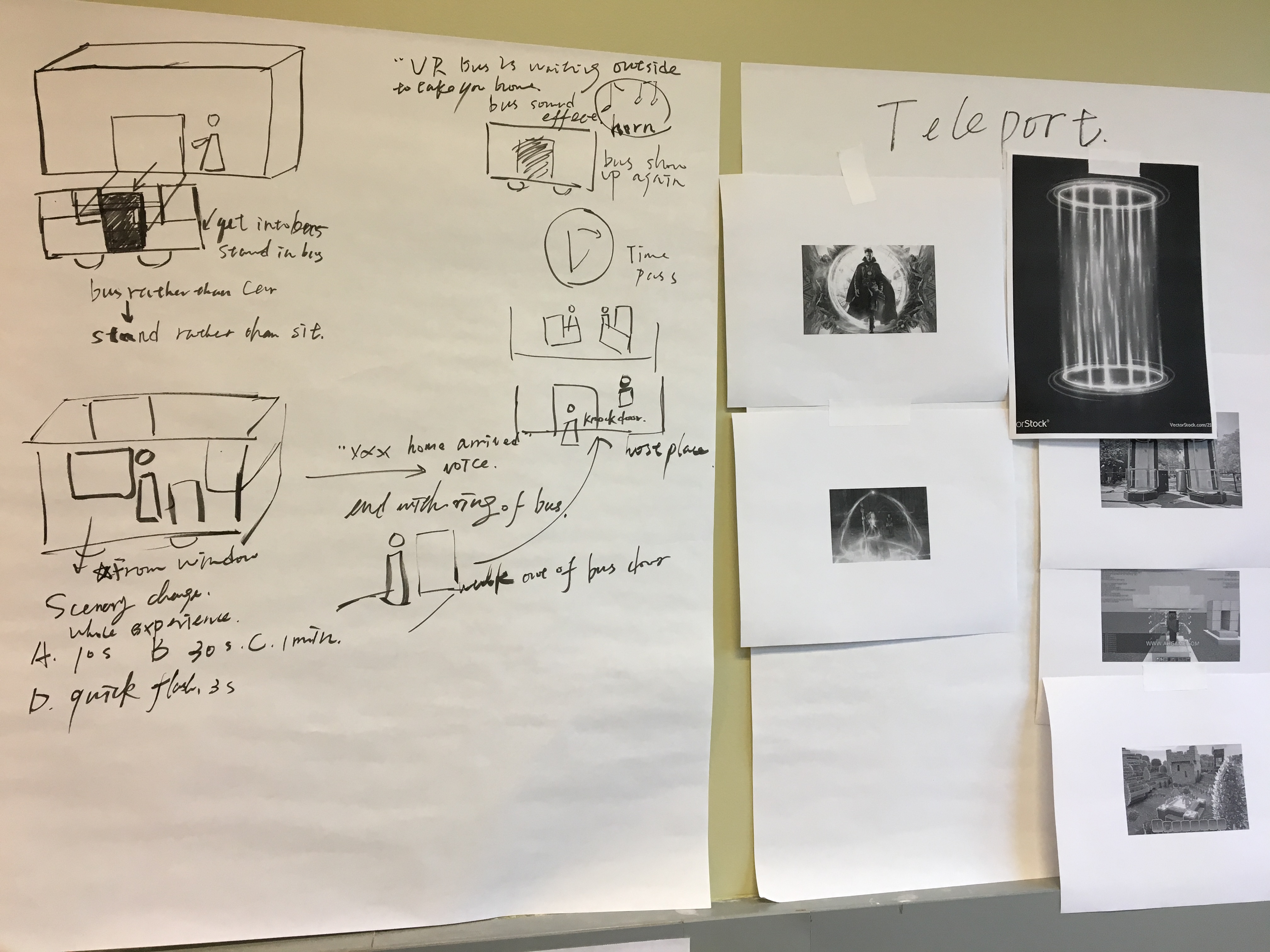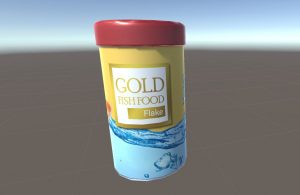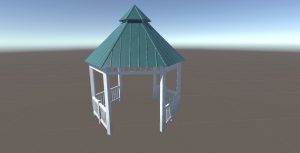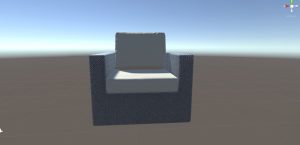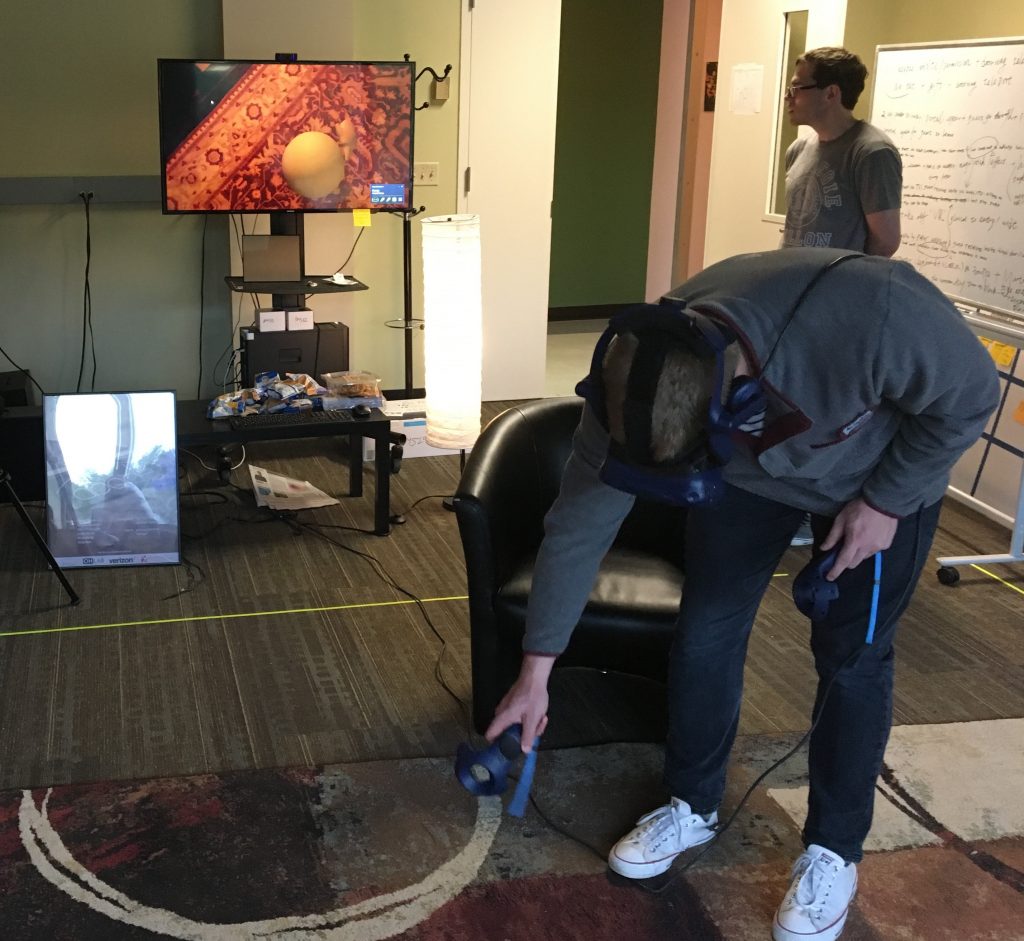Week fifteen update:
As the semester comes to a close, we have spent the majority of our time this week finishing up our documentation, polishing the build, and preparing our project to be shown in final presentations/walkarounds.
Our tech team has been working on ironing out small quality of life changes to the final build before we submit it, mostly to ensure that Jess H. will have an easy time using it in the future. In addition to this, we showcased our (almost) final build at the ETC fall festival, getting around 50+ guests stopping by to try our experience! Things went relatively smoothly for those demos, and it was a great opportunity for us to test the robustness of our build.
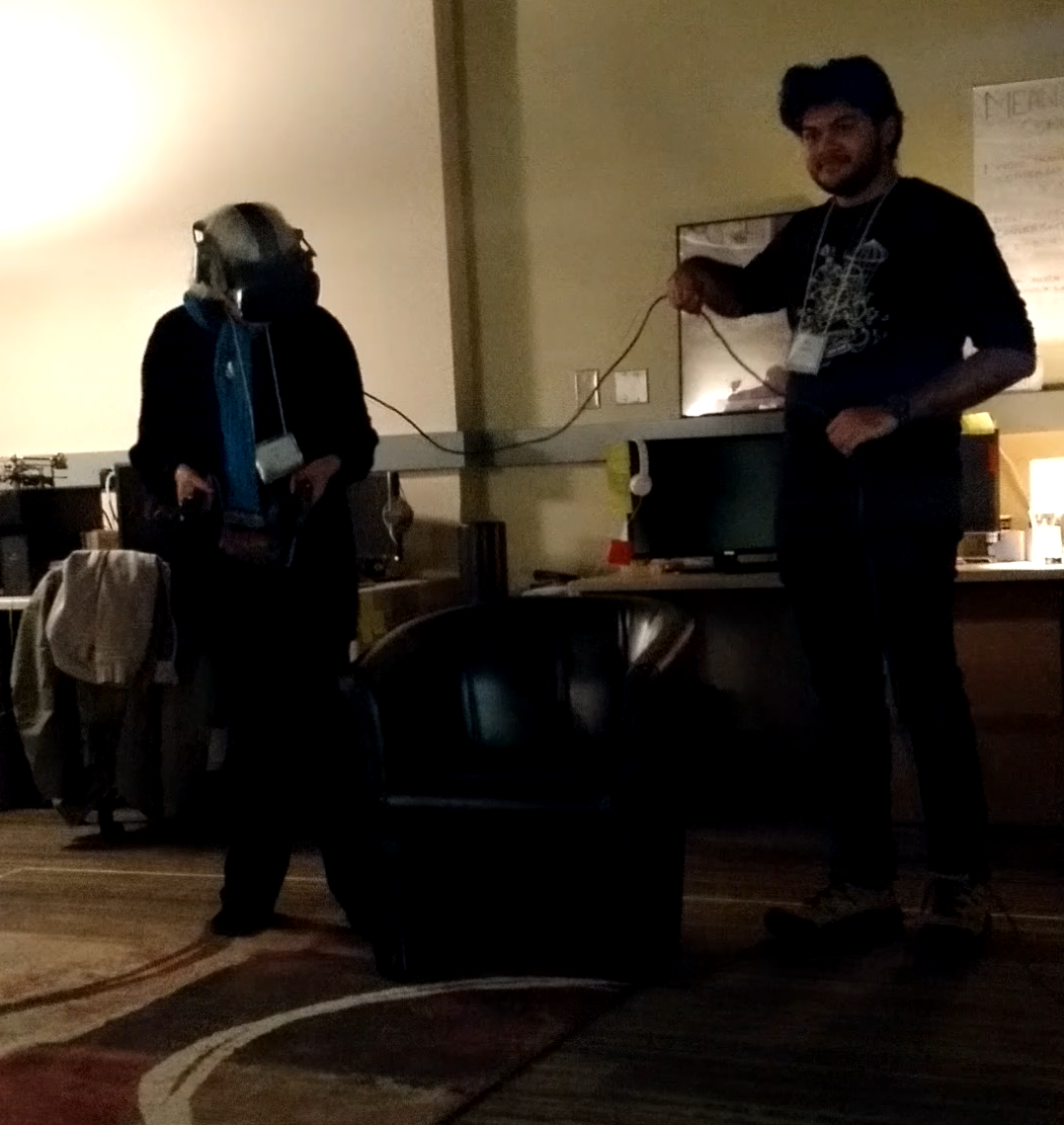
As far as documentation goes, we have been organizing and uploading the final pieces of our data inventory to Box and plan to send it out to faculty before our presentation on Monday to give them a little bit of extra context to our work. We’ve also been working on filming our demo video, trailer, and finishing up our post mortem for ETC archives.
We plan to practice our slide deck for final presentations on Sunday when our teammates get back from SIGGRAPH Asia, but in the meantime, we have been finalizing content and formatting so everything is ready to go when they hit the ground in Pittsburgh.
In the coming week, we will be wrapping up the project semester and we plan to continue this project in the spring through helping our client, Jess H. write a research paper. In addition to this, we plan to submit our project to CHI to demo it in the coming year.
This concludes project Abode’s fall semester!
